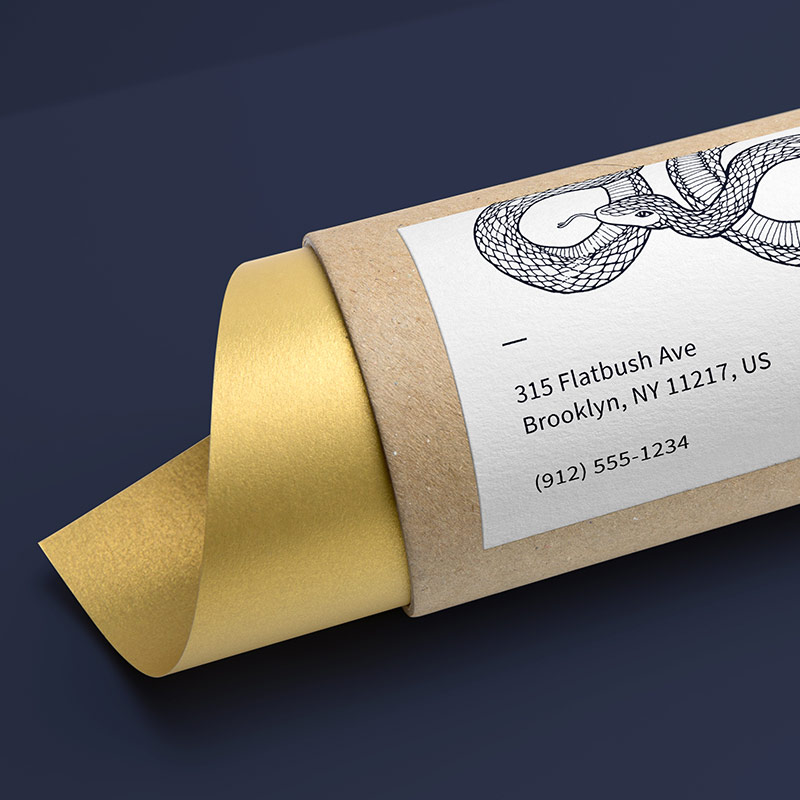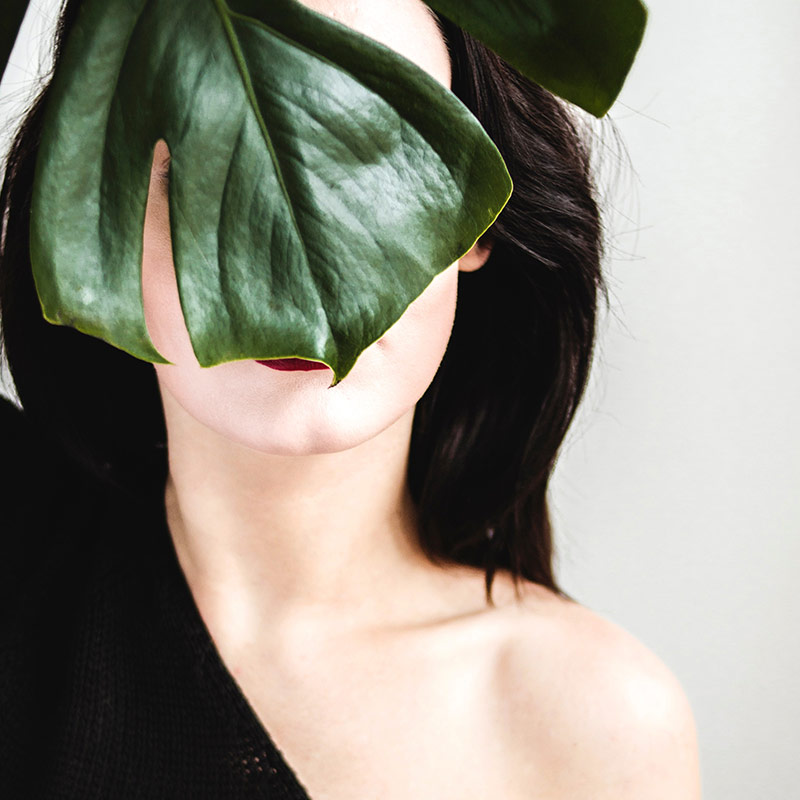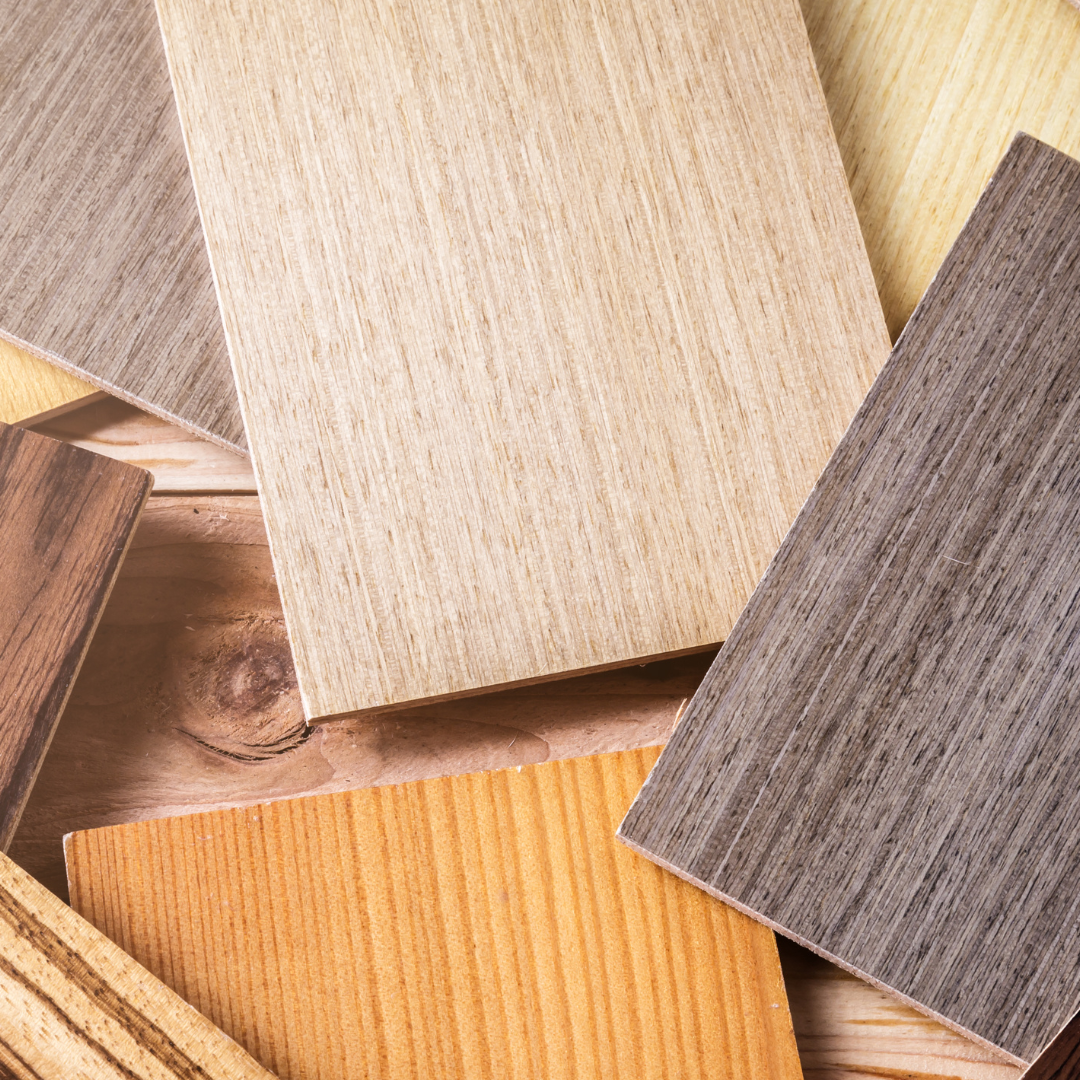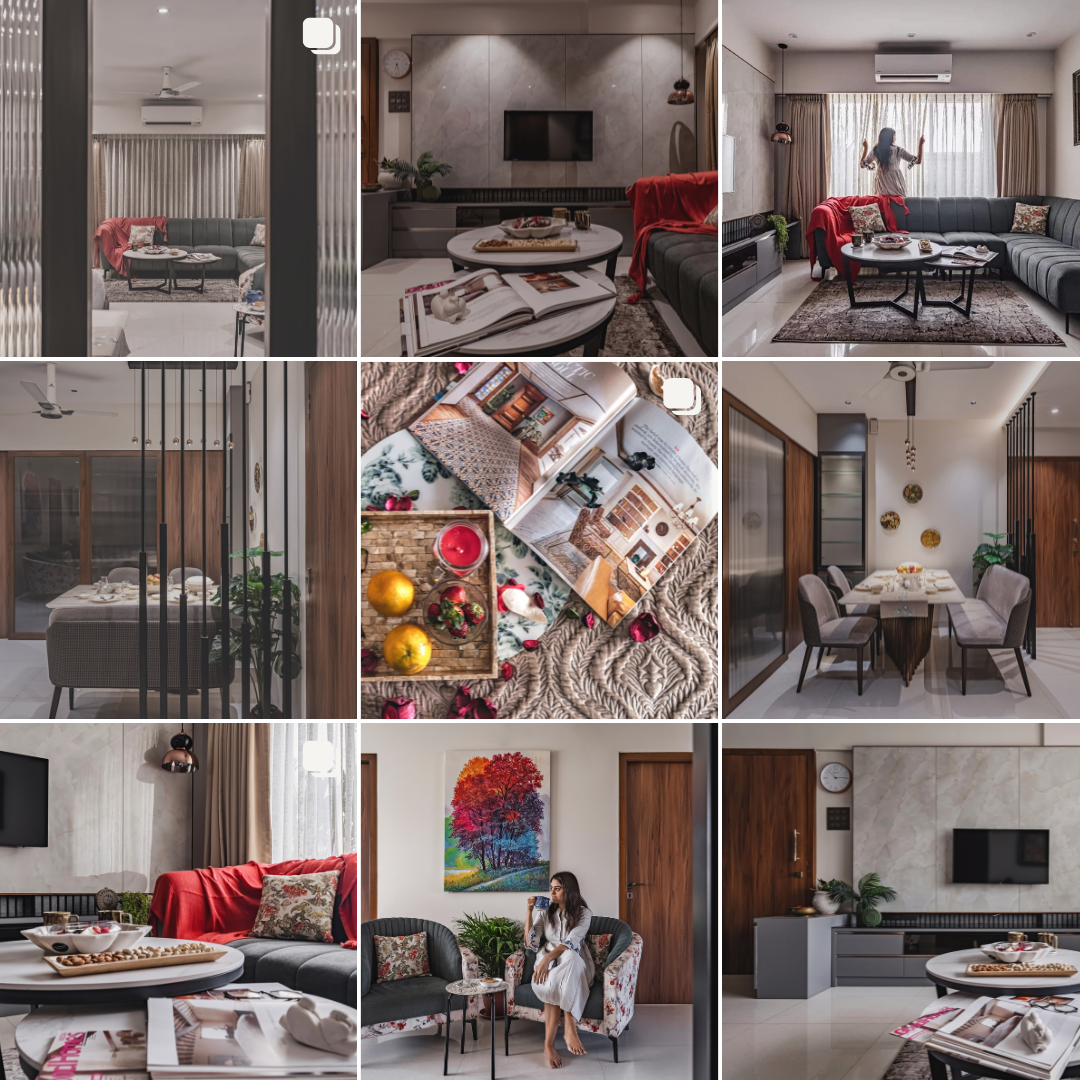
Exploring the Power of Colour in Interiors: Transforming Spaces with the Stroke of a Brush
Colour is a powerful tool that interior designers utilise to create captivating and impactful spaces. From evoking emotions to influencing moods and perceptions, the strategic use of colour can transform a dull room into a vibrant and inviting haven. In this blog post, we delve into the fascinating world of colour in interior design, exploring its psychological effects, practical applications, and tips for selecting the perfect palette for your space.
- The Psychology of Colour:
Colours have the ability to evoke specific emotions and influence our psychological well-being. Understanding the psychology of colours can help you create the desired atmosphere in your interior spaces. For example:
- Calming Blues: Shades of blue promote tranquillity, making them ideal for bedrooms and relaxation areas.
- Energising Reds and Yellows: Warm hues like red and yellow can add energy and vibrancy to social spaces such as living rooms or dining areas.
- Colour Schemes and Combinations:
Choosing the right colour scheme is crucial for achieving a harmonious and visually appealing interior. Here are a few popular colour schemes to consider:
- Monochromatic: Stick to different shades of a single colour for a sophisticated and cohesive look.
- Analogous: Combine colours that are adjacent to each other on the colour wheel, such as blues and greens, for a harmonious and relaxing effect.
- Complementary: Pairing colours that are opposite each other on the colour wheel, like blue and orange, creates a vibrant and dynamic contrast.
- Creating Mood and Ambience:
Colours have the ability to set the mood of a space. Consider these colour choices to create specific atmospheres:
- Warm Tones: Reds, oranges, and yellows can create a cosy and inviting ambience in living areas or dining rooms.
- Cool Tones: Blues, greens, and purples can instil a sense of calmness and serenity, making them suitable for bedrooms or home offices.
- Accent Colours and Statement Pieces:
Introducing pops of colour through accent pieces or statement elements can add visual interest and personality to a room. These can include:
- Bold-coloured furniture or upholstery.
- Vibrant artwork or decorative accessories.
- Colourful accent walls or wallpapers.
- Lighting and Colour Interplay:
Lighting plays a crucial role in how colours are perceived within a space. Natural and artificial lighting can alter the appearance and intensity of colours. Consider the following:
- Natural Light: Understand how natural light affects different hues throughout the day and choose colours accordingly.
- Artificial Lighting: Select lighting fixtures that complement the chosen colour scheme and enhance the overall ambience of the room.
Colour has the incredible power to transform interiors, influence moods, and create memorable experiences within a space. By understanding the psychology of colour, exploring various colour schemes, and considering lighting factors, you can harness the transformative potential of colour in your interior design endeavours. Embrace the art of colour selection, and let your imagination run wild as you paint your world with hues that reflect your style, personality, and desired ambience.












